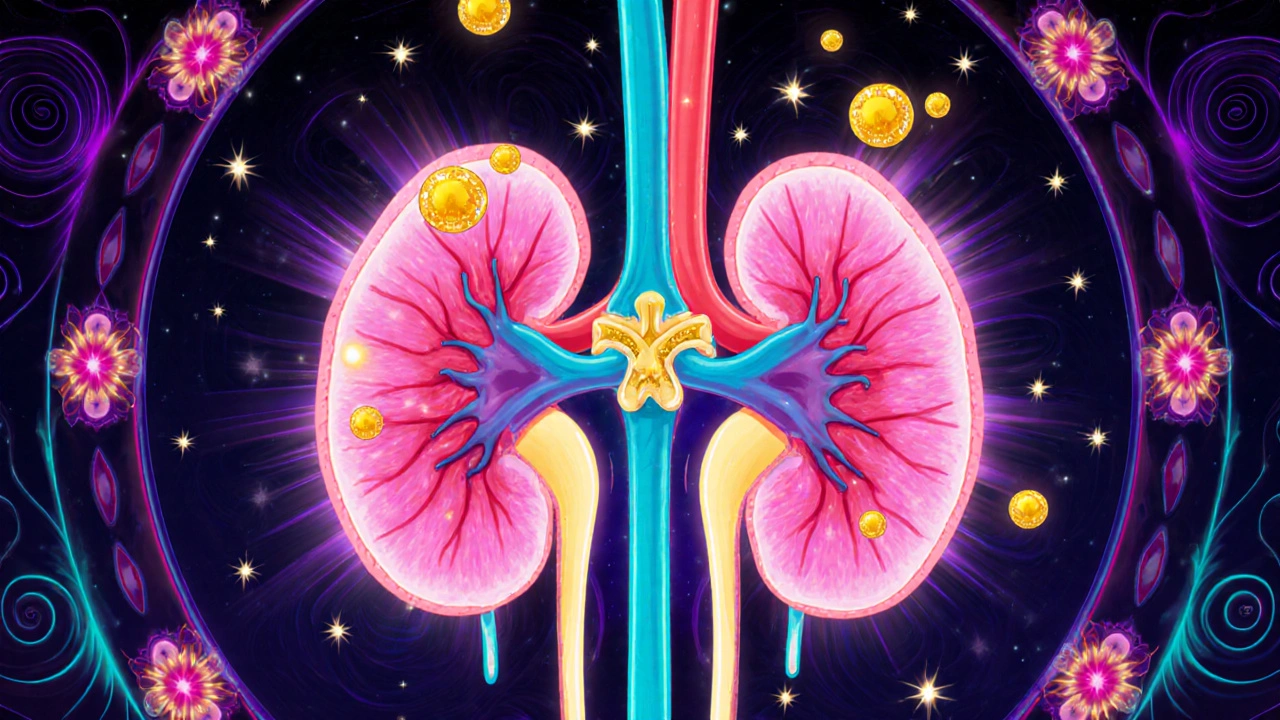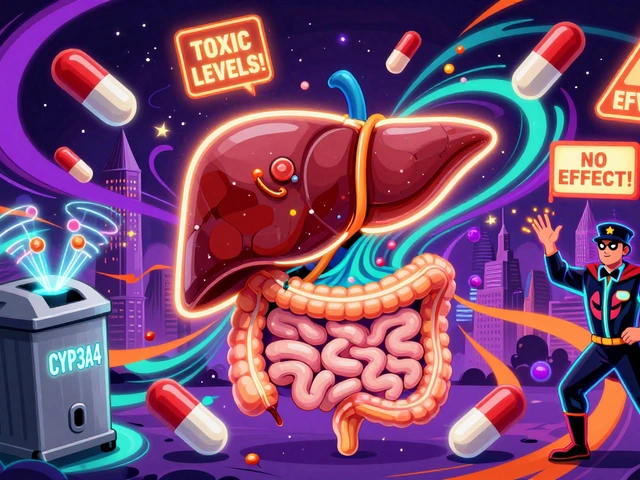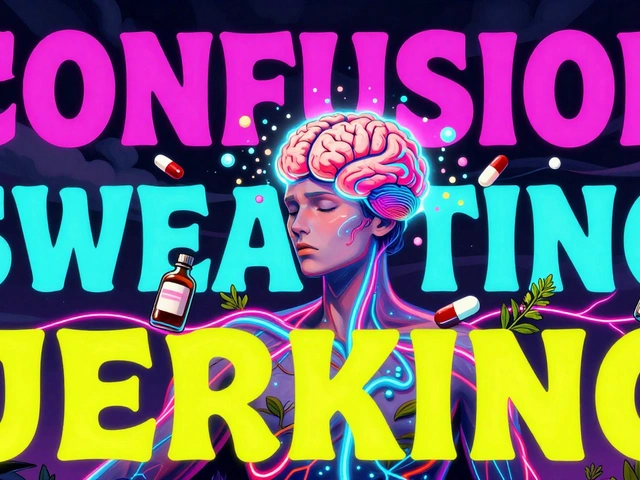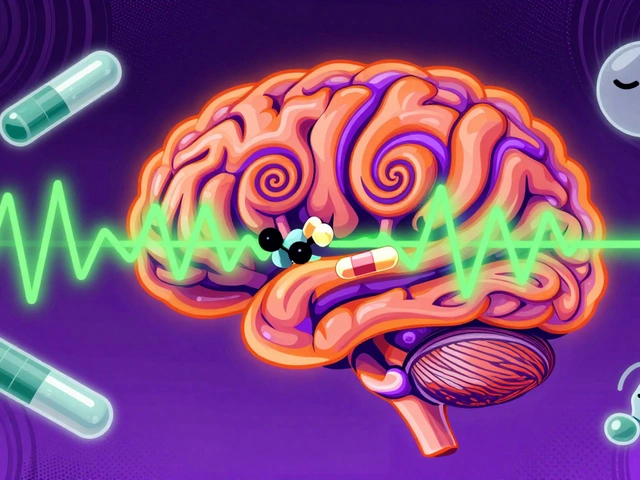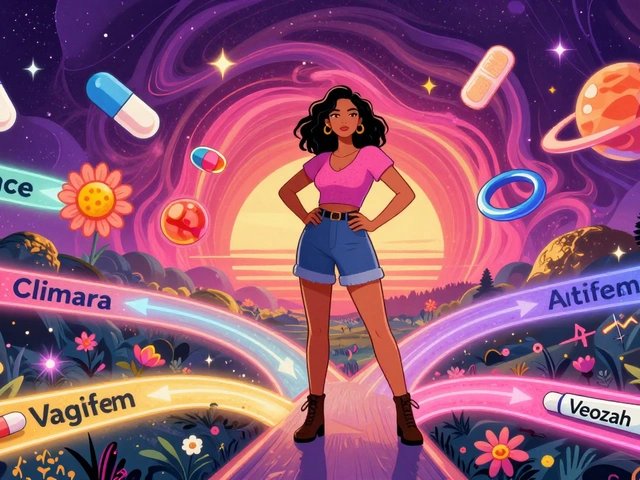Kidney Protection: How to Keep Your Kidneys Healthy with Medications and Lifestyle
When it comes to kidney protection, the actions you take daily to prevent damage and support function. Also known as renal health, it’s not just about avoiding toxins—it’s about managing what you take in, how your body processes it, and whether your kidneys can keep up. Your kidneys filter about 120 to 150 quarts of blood every day. That’s a lot of work. If they start to slow down, fluid builds up, waste piles up, and your whole body feels it. The good news? You don’t need a miracle cure. You need consistent, smart habits—and knowing which medications and lifestyle choices help or hurt.
Chronic kidney disease, a gradual loss of kidney function over time. Also known as CKD, it often sneaks up without symptoms until it’s advanced. But it doesn’t have to. Many cases are linked to high blood pressure, diabetes, or long-term use of certain painkillers. And one of the most common signs? edema in CKD, swelling from fluid retention due to poor kidney filtering. Also known as fluid retention, it’s not just puffy ankles—it’s your body screaming for help. Diuretics help, but they’re not magic. They work best when paired with salt restriction, cutting back on sodium to reduce pressure on your kidneys. Also known as low-sodium diet, it’s one of the simplest, cheapest, and most effective tools you have. You don’t need to go full keto or eliminate all salt. Just learn where it hides—bread, sauces, canned foods—and make small swaps.
Medications can protect your kidneys, but they can also hurt them. Some antibiotics, NSAIDs, and even supplements can be risky if your kidneys are already stressed. That’s why talking to your pharmacist about what you’re taking matters more than you think. It’s not just about side effects—it’s about how your body handles each drug. And if you’re managing something like diabetes or high blood pressure, those conditions aren’t separate from your kidneys—they’re directly tied to them. Protecting your kidneys means managing the whole picture.
There’s no single pill for kidney protection. It’s a mix of what you eat, what you take, and how often you check in with your health team. The posts below give you real, no-fluff advice on how diuretics and salt restriction actually work together, what supplements to watch out for, and how to spot early warning signs before things get serious. You’ll find practical tips from people who’ve been there—not theory, not marketing. Just what works.
SGLT2 Inhibitors for Type 2 Diabetes: How They Protect Your Heart and Kidneys
SGLT2 inhibitors like Jardiance and Farxiga do more than lower blood sugar-they protect the heart and kidneys in people with type 2 diabetes. Learn how these drugs work, who benefits most, and what risks to watch for.
